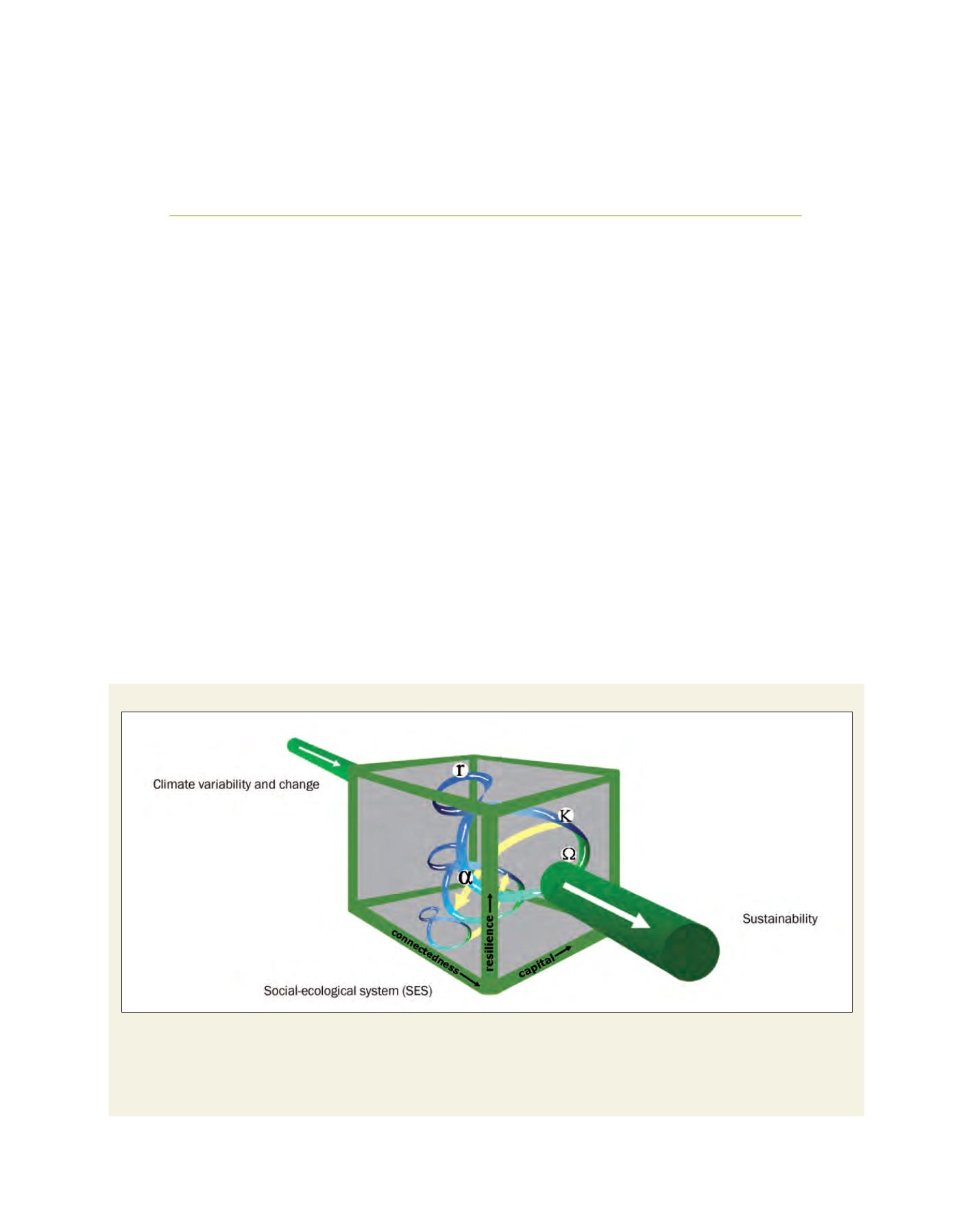

[
] 165
AsiaFlux – sustaining ecosystems
and people through resilience thinking
Joon Kim, AsiaFlux Main Office, Global Environment Laboratory, Yonsei University, Korea;
Yu Guirui, AsiaFlux Beijing Office, Institute of Geographic Sciences and Natural Resources Research,
Chinese Academy of Science; Akira Miyata, AsiaFlux Tsukuba Office,
National Institute for Agro-Environmental Sciences, Japan
T
here are very few people in this world who ever ask
the right questions of science, but they are the ones
who affect its future most profoundly. Great thinking
precedes great achievement and the right question gives birth
to a vision that is greater than the visionary. Vision is the key
to unity, the magnet for commitment, and the determinant of
our destiny.
The vision of World Climate Conference-3 is a global framework
for climate services that link climate predictions and information
with risk management and adaptation, towards sustainability.
What does it mean to be sustainable? What kind of manage-
ment and adaptation do we need towards sustainability? Even
more important questions would be sustainability of what and to
what? Why are current approaches to sustainable natural resource
management failing us despite a plethora of informa-
tion? Are we properly acknowledging how the world
actually works?
Defining and understanding the system
Some available definitions of sustainability are:
• The use of environment and resources to meet
the needs of the present without compromising
the ability of future generations to meet their own
needs
• The likelihood an existing system of resource-use
will persist indefinitely without a decline in the
social welfare it delivers
• A cultural adaptation made by society as it becomes
aware of the emerging necessity of non-growth.
O
bserving
, P
redicting
and
P
rOjecting
c
limate
c
OnditiOns
Social-ecological system with the focus on adaptive capacity for sustainability
At each scale, the social-ecological system moves through its own adaptive cycles. These recurring cycles consist of four phases: rapid growth (r),
conservation (K), release (
Ω
), and reorganization/renewal (
α
). The adaptive cycles are pictured in three dimensions: (1) X axis – the degree of connectedness
among controlling variables; (2) Y axis – the capital (or potential) that is inherent in the accumulated resources; and (3) Z axis – resilience, the capacity of a
system to absorb disturbance and remain within the same regime, retaining the same function, structure, and feedbacks. The structure and dynamics of the
system at each scale is driven by a small set of key processes and, in turn, these linked set of hierarchies govern the behaviour of the whole system
Source: Gunderson and Holling (2002) and Berkes et al. (2003)
















